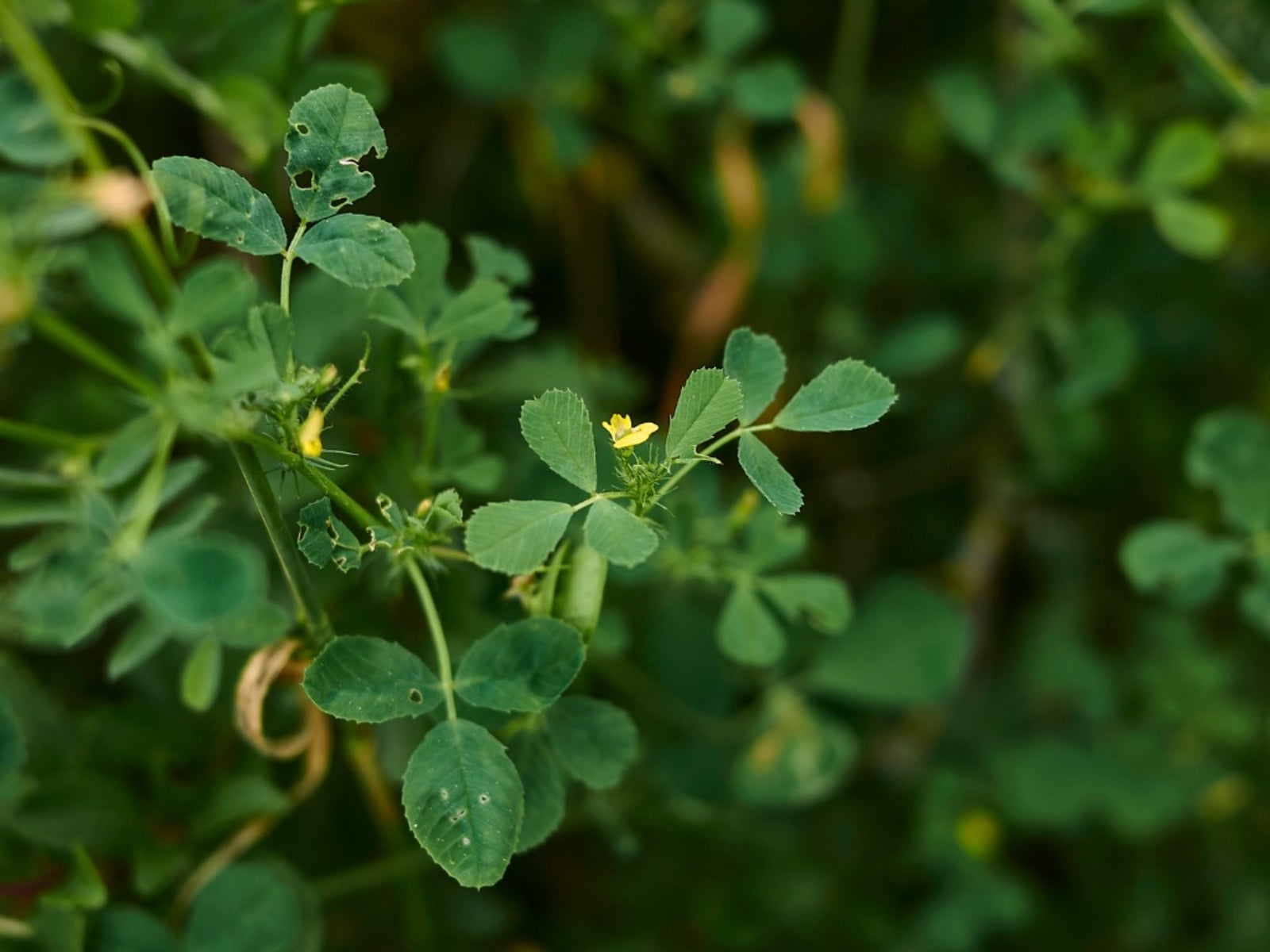
The most unique aspect of Medicago button clover is the button clover fruit which is disk-like, coiled in three to seven loose whirls, and paper thin. It is native to the Mediterranean region and along the European Black Sea coast but can be found throughout the world where it is varyingly treated as a weed. Since it is often classified as an invasive species, button clover control is of interest. Read on to learn how to manage button clover.
What is Button Clover?
Medicago button clover (M. orbicularis) is an annual forage plant in many European countries. Also known as blackdisk medick, button medick, or round-fruited medick, and is a member of the Fabaceae or pea family.
The plant is easy to identify with its fimbriate stipules, serrated leaflets, yellow blooms, and flat, papery, coiled seed pods.
Its genus name Medicago is derived from the Greek word “medice” meaning alfalfa, while orbicularis is derived from the Latin “orbi(c)” meaning “a circle” in reference to the coiled button clover fruit.
This spreading winter annual gets to about a foot (31 cm.) in height and blooms in April through early June. Medicago button clover forms a symbiotic relationship with the nitrogen fixing bacterium Sinorhizobium medicae. It is found in disturbed areas such as along roadsides.
How to Manage Button Clover
Button clover control isn’t much of a concern. Rather, it is being tested for use as a subsidiary crop. It turns out that these legumes are highly nutrient rich and may be an excellent alternative for livestock feed.
How to Grow Medicago Button Clover
Obtaining seed may be the issue with growing this plant. However, once seed is obtained it should be sowed between September and October in loam or clay soil, ideally limestone soil with a pH of 6.2-7.8. Sow seed to a depth of ¼ inch (6 mm.). Seeds will germinate in seven to fourteen days.
Sign up for the Gardening Know How newsletter today and receive a free copy of our e-book "How to Grow Delicious Tomatoes".

Amy Grant has been gardening for 30 years and writing for 15. A professional chef and caterer, Amy's area of expertise is culinary gardening.
